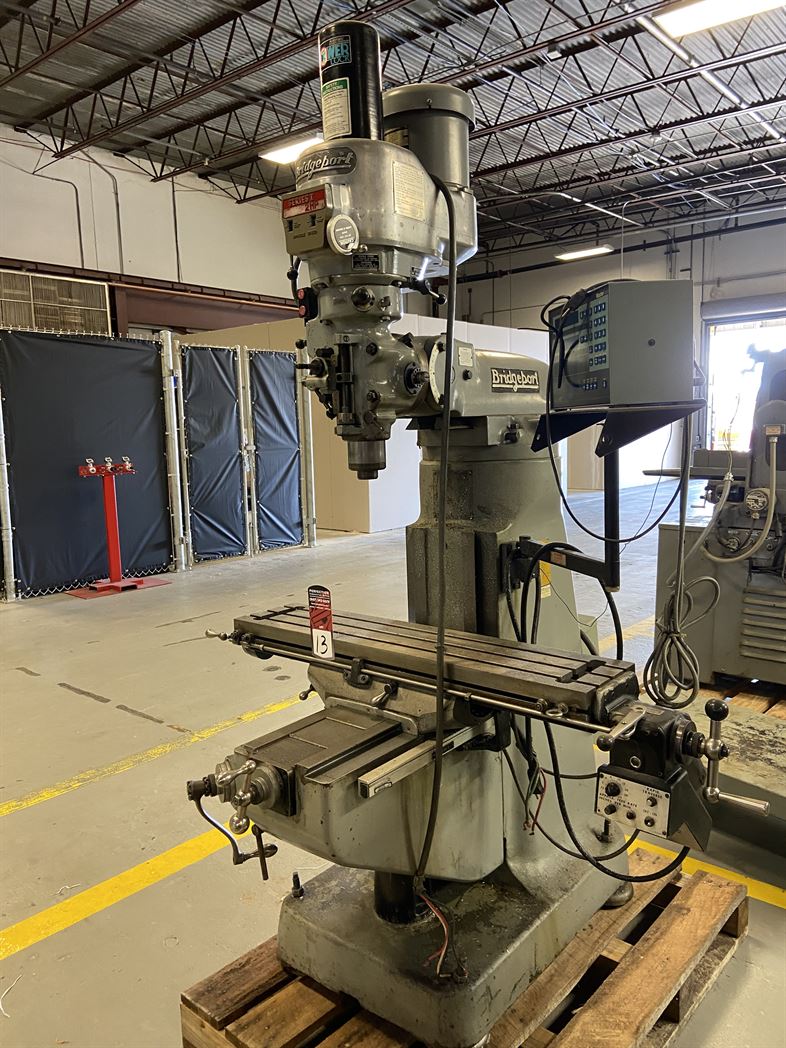
We know that there are many readily available and financially viable technologies and practices that offer proven, substantial benefits not only for climate but also for livelihoods, health, food security, education, gender equality, and energy. And intensified climate hazards often exacerbate child labor, especially for children from under-resourced families. In addition, increasingly devastating seasonal flash floods disrupt learning for students as classrooms are used as shelters for displaced people. Combined, these have resulted in shorter growing seasons, poor crop yields, food shortages, hunger and the spread of waterborne diseases. Those of us working to advance sustainable development are witnessing firsthand how rising temperatures, drought, flooding and extreme weather are rapidly rewinding hard-won progress in poverty eradication, human development and gender equality.įor instance, heat waves and dry spells in Bangladesh are threatening natural resource–based rural livelihoods and creating economic insecurity, which can contribute to increased rates of child, early, and forced marriage and unions, speeding girls’ transitions to adulthood and ending their formal education.Īnd In Malawi, where most people experience poverty and nearly one-third experience extreme poverty, climate change has exacerbated poverty, particularly for women, in recent decades as increasing temperatures and intense rain lead to both drought and flooding. However, addressing climate change without attention to human well-being threatens to cut back on years of development progress because of the impacts climate change has on human well-being. Globally, public and private financing tend to focus on either climate action or improving human well-being-defined as people’s ability to access fundamental social, cultural, economic and natural/environmental resources critical for sustaining a decent living standard and living a life they value. Imagine how much more good we could do if the solutions being funded yielded benefits for both climate action and poverty alleviation, while boosting human well-being. Unfortunately, these efforts have often taken place independently of each other. These panels can be measured for colour, reflectance and gloss on the Optical Coatings System produced by Labman.In the 50 years since the 1972 UN Conference on the Human Environment established the important link between the environment and poverty, we have seen remarkable action to protect the planet and improve people’s lives. The panel is pushed into the stacker and the process is repeated. A drawdown bar is moved across the panel creating a thin film of sample. A mould rack can replace the slide rack, in which case sample is dispensed without a die into the desired moulds.įor panel drawdown, a panel is placed on the vacuum bed where the syringe dispenses a measured amount of sample.


The thin films created can be measured directly for thickness and resistivity by another system designed by Labman. The system dispenses a measured amount of sample and draws downs using the die onto 20 glass slides secured in a universal slide rack. The process starts with the system picking a syringe, reading the barcode and de-capping it.įor slide drawdown, a die is placed on the syringe tip.

The system dispenses sample from a syringe onto the desired surface or mould, consisting of an XYZ gantry and stacker axis to receive drawn down panels.


 0 kommentar(er)
0 kommentar(er)
